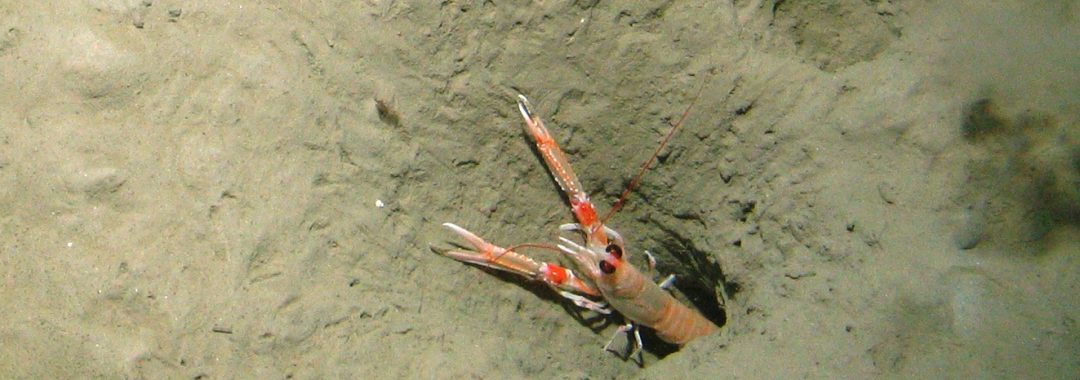Blue Carbon in Marine Protected Areas – Progress Review (JNCC Report No. 709)
This report provides a global review of progress in the development of the evidence base relating to the occurrence and recognition of blue carbon habitats and species in Marine Protected Areas (MPAs).
The report introduces what blue carbon is and the importance of the sequestration and long-term storage processes of both organic and inorganic carbon for climate change mitigation. The report advocates the broadest possible interpretation of blue carbon and includes not only the most widely recognised blue carbon habitats – mangroves, salt marsh and seagrass meadows – but also other important marine and coastal carbon standing crops, pools and sinks, such as kelp forests, maerl beds, coral reefs, biogenic reefs and seabed sediments. Details of how blue carbon habitats can also become carbon sources if damaged by human activities is discussed and the importance of implementing the correct management measures to halt the decline in their condition and restore them by using high and full levels of protection under MPAs.
This resource may not be fully accessible for all users. If you need a copy in a different or more accessible format, please contact Communications@jncc.gov.uk.
